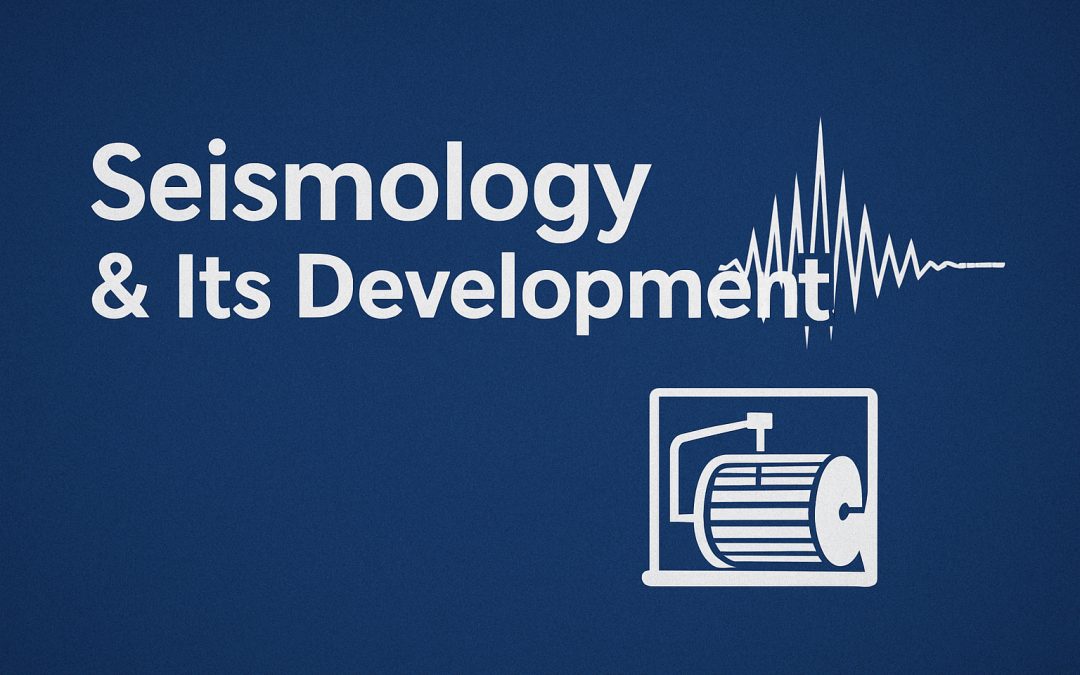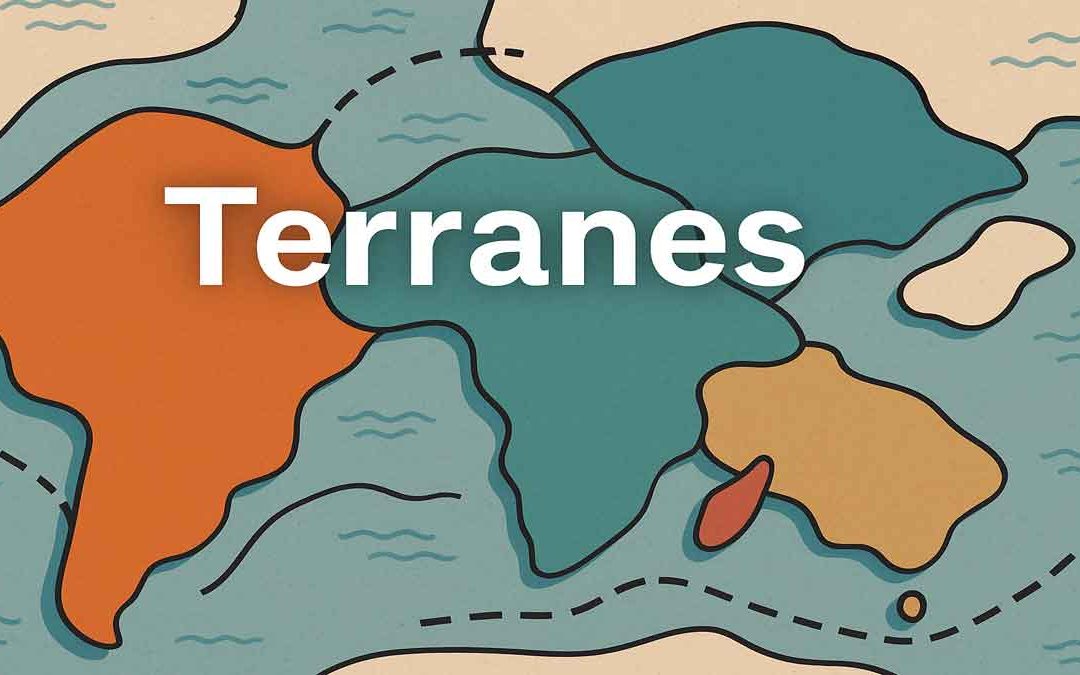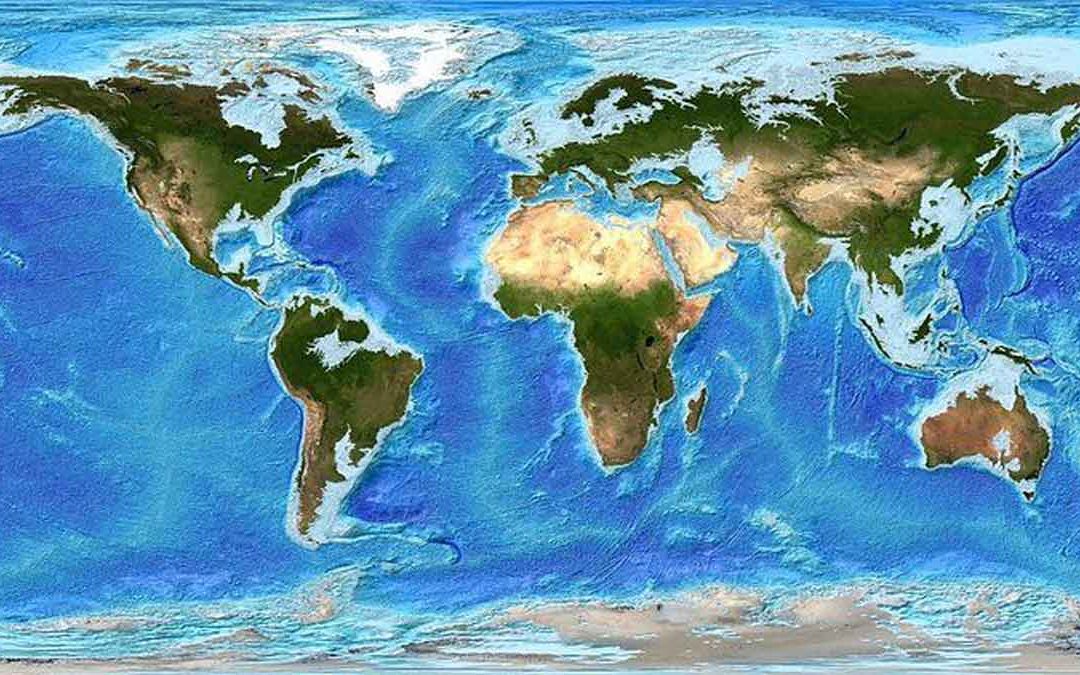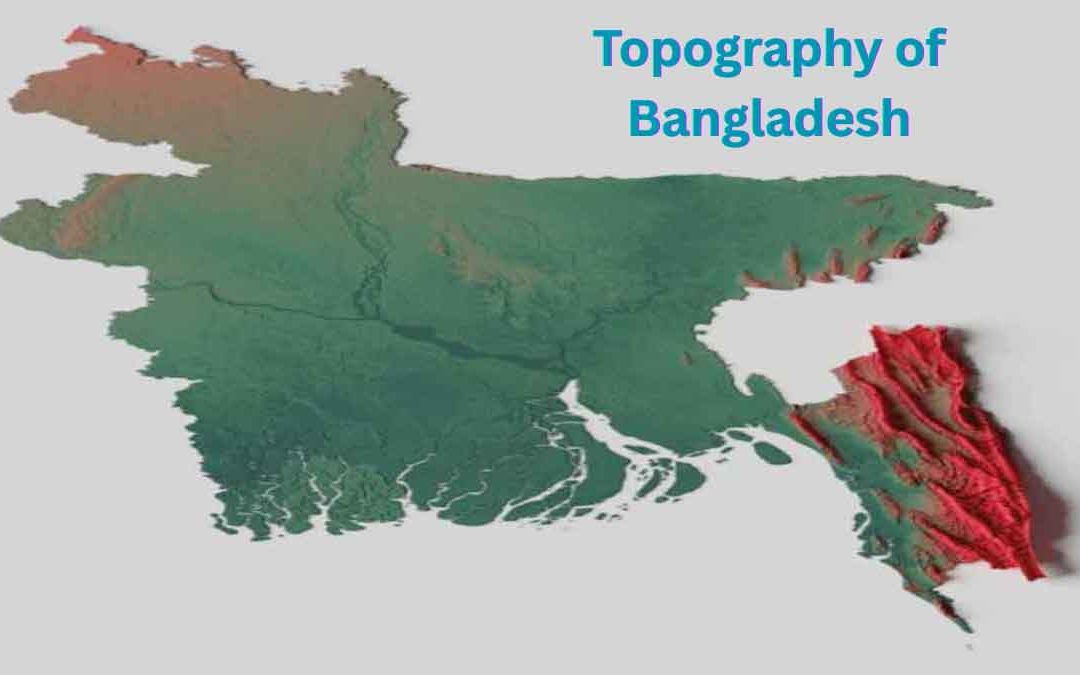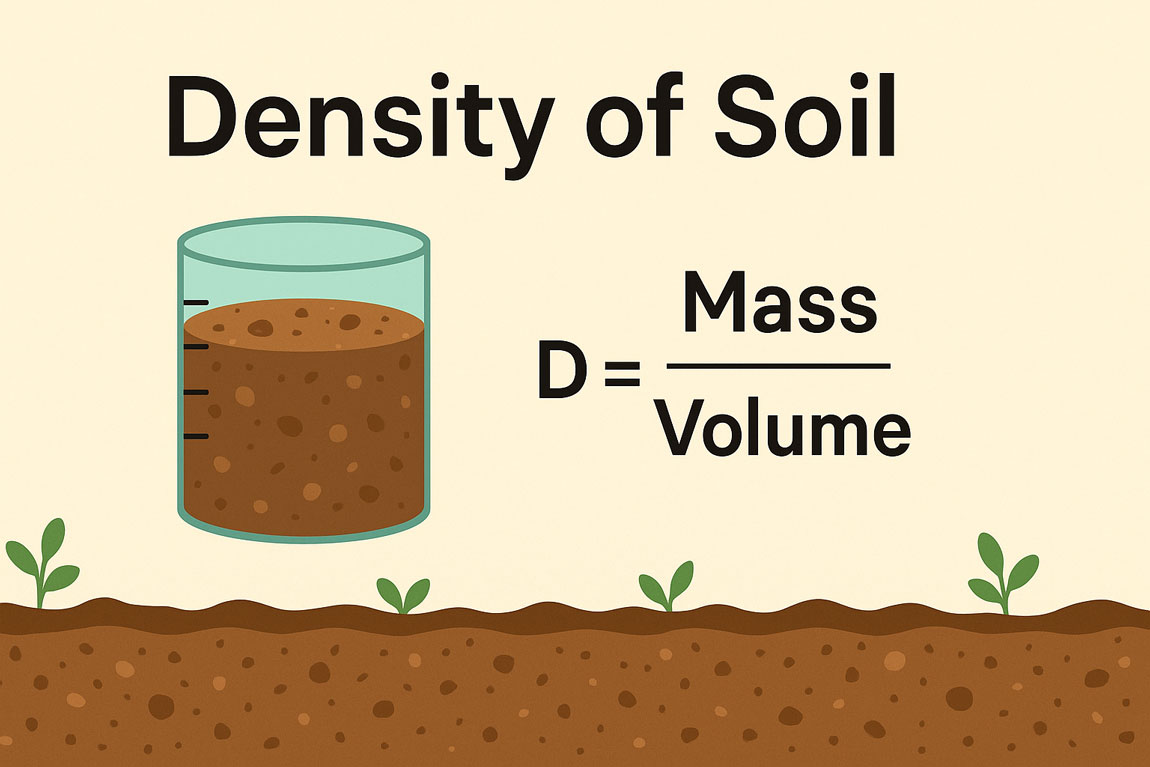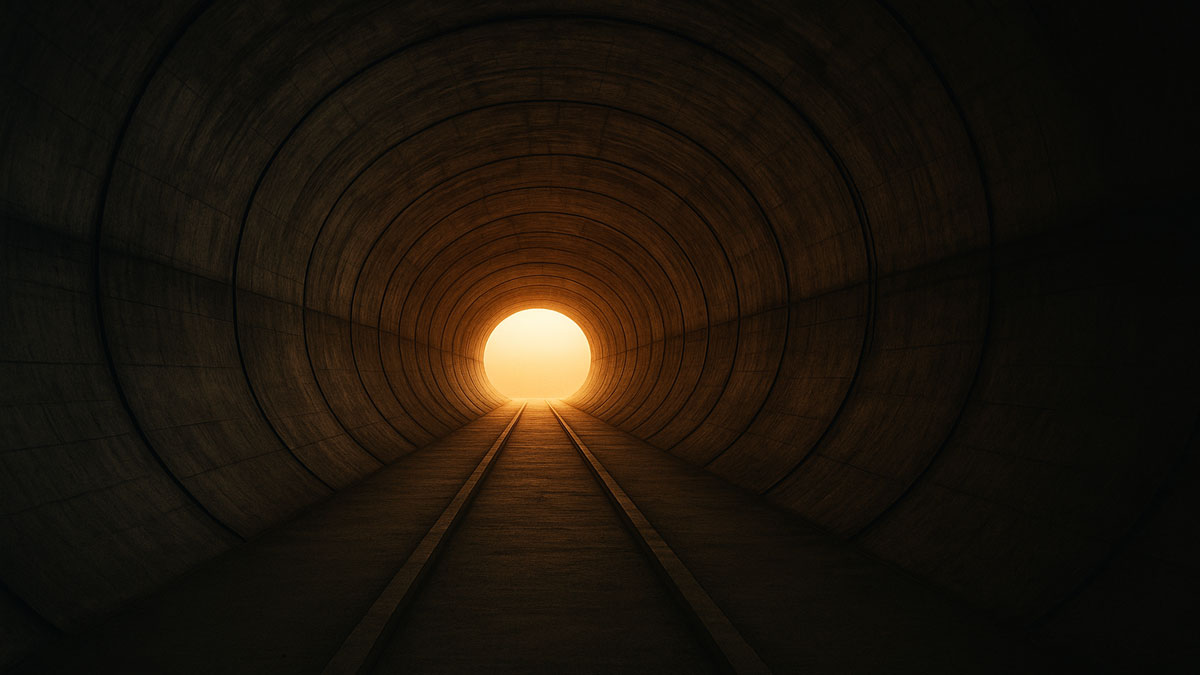
by Gelogia Team | Nov 3, 2025 | Historical Geology, Physical Geology & Geomorphology, Structural Geology
Seismology is the study of earthquakes. Much of the information about the nature of faulting during an earthquake comes from the resulting seismograms. Most earthquakes occur due to plate motion, and understanding the direction and magnitude of this movement helps...

by Gelogia Team | Jul 19, 2025 | Historical Geology, Physical Geology & Geomorphology
James Hutton, usually described as the “Father of Modern Geology,” plays a critical role in the field of Earth sciences. His innovative insights contested prevailing perspectives on the Earth’s history and established the basis for contemporary...

by Gelogia Team | Jun 13, 2025 | Historical Geology, Structural Geology
What Are Terranes? Terranes are fault-bounded crustal blocks that have distinct lithologic and stratigraphic successions and geologic histories different from those of neighboring terranes (Schermer et al., 1984). Most terranes have collided with continental...

by Gelogia Team | Apr 26, 2025 | Historical Geology
Sea level has never been constant throughout Earth’s history. It has risen and fallen over geological time due to various natural processes. This blog explores the cyclic patterns of sea level fluctuations in the geologic past, the role of oxygen isotopes, and the...

by Gelogia Team | Apr 24, 2025 | Historical Geology
Bangladesh, a South-East Asian country, is located at the lowermost reaches of the Bengal Basin. The Quaternary sediments (began about 2 million years ago and extend to the present), deposited mainly by the mighty rivers—the Ganges, Brahmaputra, and Meghna—cover about...

by Gelogia Team | Mar 1, 2025 | Historical Geology
The Cenozoic succession of Bangladesh has been differentiated into a number of biostratigraphic units, viz., assemblage zone based on first assemblage demarcation (FAD) line, last assemblage demarcation (LAD) line, acme, and ranges of various marker palynotaxa in the...
